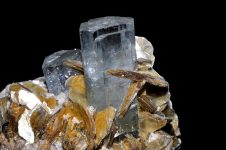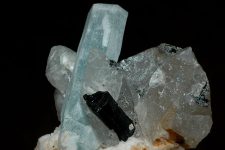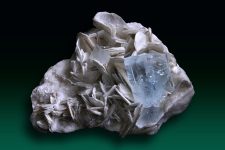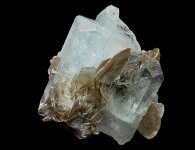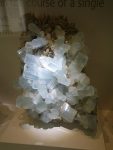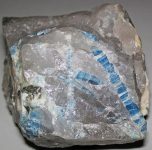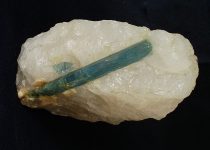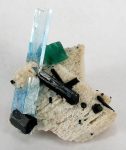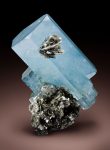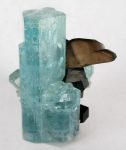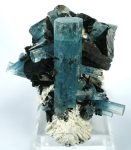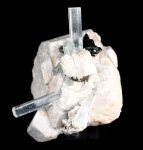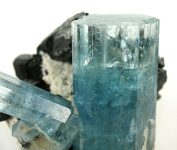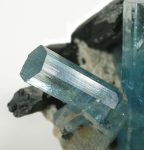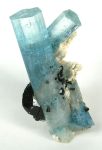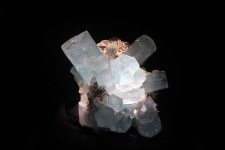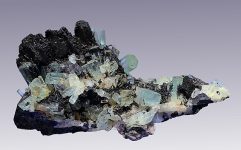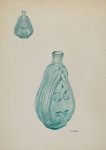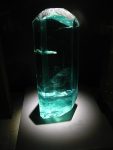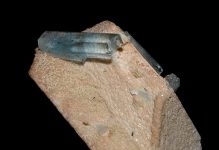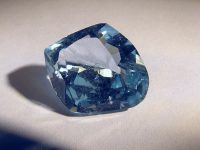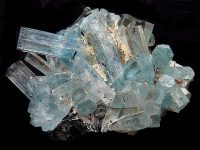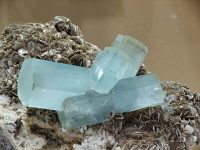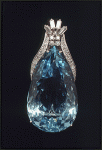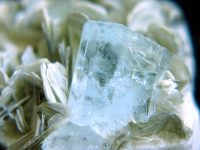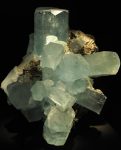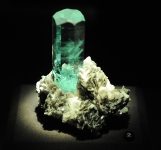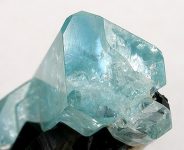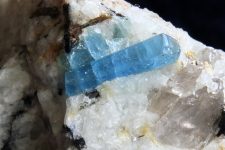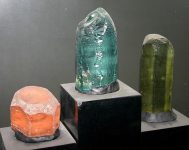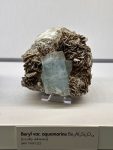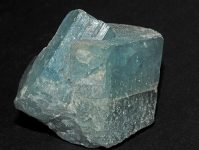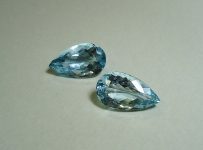Aquamarine
ABOUT AQUAMARINE
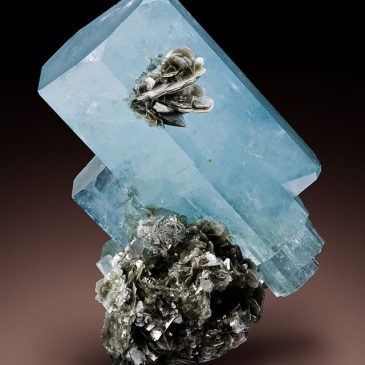
About: Aquamarine is a captivating gemstone prized for its beautiful blue to blue-green hues reminiscent of the sea. As a member of the beryl mineral family, aquamarine has a long history of use in jewelry and has cultural significance across various civilizations. This guide provides an in-depth look at aquamarine’s characteristics, history, sources, uses, and significance.
Mining: Aquamarine is typically mined through open-pit or underground mining methods. Miners extract the gem-bearing pegmatite rocks and separate the aquamarine crystals from the surrounding matrix.
Processing: Once mined, aquamarine crystals are cleaned, cut, and polished by skilled lapidaries to enhance their natural beauty and maximize their brilliance.
CHARACTERISTICS
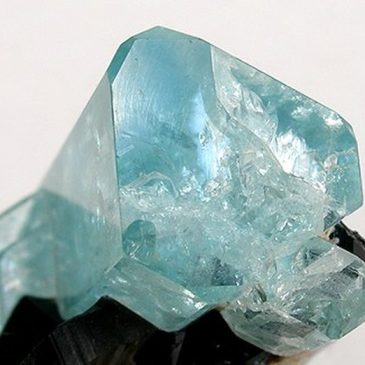
Color: Aquamarine ranges from pale blue to vivid blue-green. The color is caused by trace amounts of iron in the crystal structure.
Chemical Composition: Aquamarine is a variety of beryl, with the chemical formula Be₃Al₂(SiO₃)₆. It shares its composition with other beryl varieties such as emerald (green) and morganite (pink).
Density: Aquamarine has a density of about 2.65-2.75 g/cm³.
Crystal Structure: Aquamarine crystallizes in the hexagonal system, forming prismatic crystals with a six-sided cross-section. It may also occur in massive or granular forms.
Luster: Aquamarine exhibits a vitreous luster when polished.
Hardness: Aquamarine has a Mohs hardness of 7.5 to 8, making it relatively hard and suitable for use in jewelry.
Transparency: Aquamarine is typically transparent to translucent, with higher-quality stones being more transparent.
HISTORY AND LORE
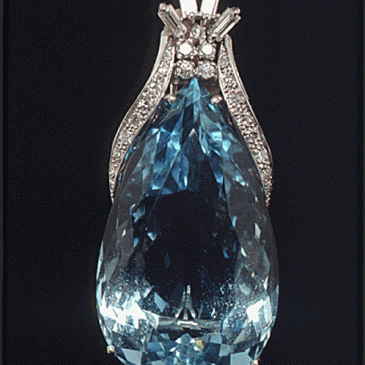
Ancient Civilizations: Aquamarine has been prized since ancient times. The Egyptians used it as early as 2000 BCE for jewelry and amulets, and the Greeks and Romans believed it to be a sailor’s stone, ensuring safe passage across stormy seas.
Middle Ages: During the Middle Ages, aquamarine was believed to have healing properties and was used in amulets and talismans.
Modern Era: Today, aquamarine remains highly popular in jewelry and is treasured for its clarity, color, and association with the calming energies of the sea.
SOURCES
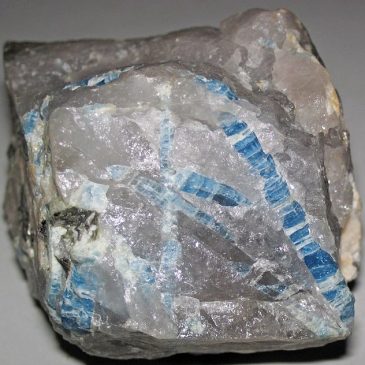
Geographical Locations: Major sources of aquamarine include Brazil (particularly Minas Gerais), Madagascar, Nigeria, Mozambique, Afghanistan, and the United States (especially Colorado and California).
Geological Formation: Aquamarine forms in pegmatites, which are coarse-grained igneous rocks typically found in association with granite. It crystallizes from water-rich fluids under high-pressure and temperature conditions.
USES
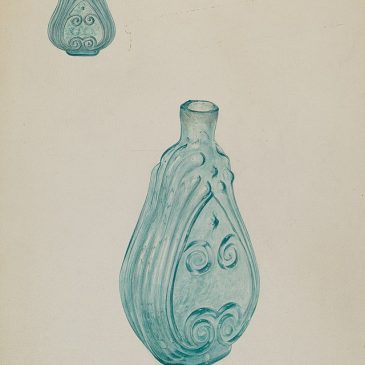
Jewelry: Aquamarine’s beautiful blue color and excellent clarity make it a popular choice for fine jewelry. It is often cut into faceted gemstones for rings, earrings, necklaces, and bracelets.
Collecting: Aquamarine is highly prized by mineral collectors for its color and crystal clarity. Large, well-formed crystals command significant value.
Metaphysical Uses: In the metaphysical realm, aquamarine is believed to have soothing and calming energies. It is associated with emotional healing, stress relief, and promoting clear communication.
METAPHYSICAL PROPERTIES
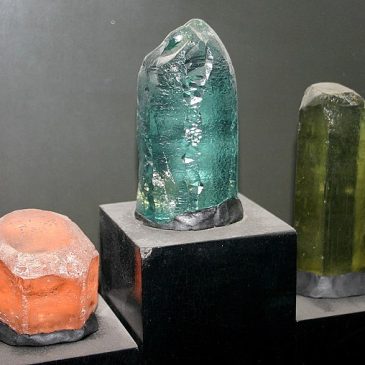
Symbol of Serenity: Aquamarine symbolizes serenity, tranquility, and clarity. Its association with the sea gives it a calming influence.
Birthstone: Aquamarine is the birthstone for March and is often given as a gift for birthdays and anniversaries.
